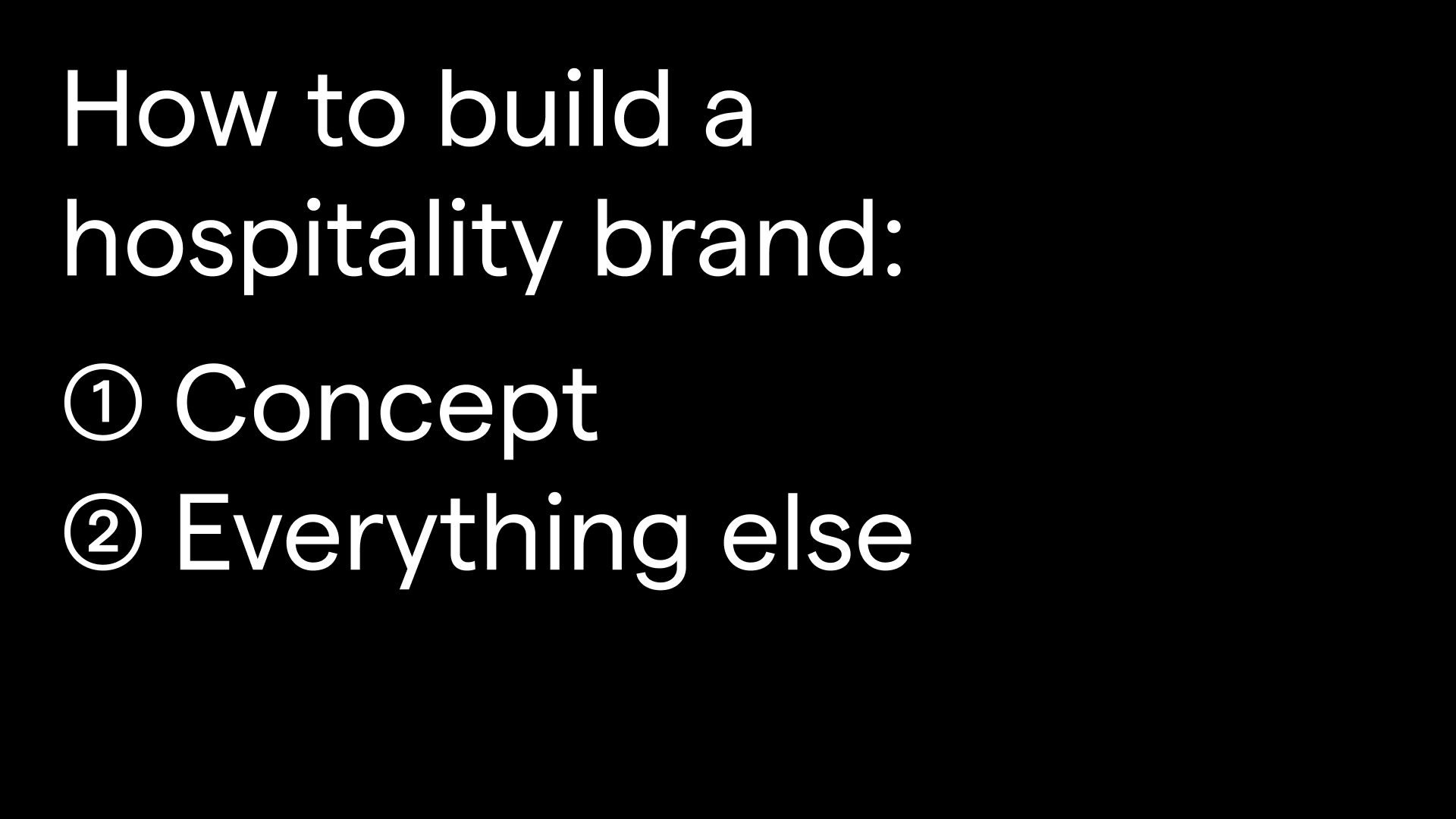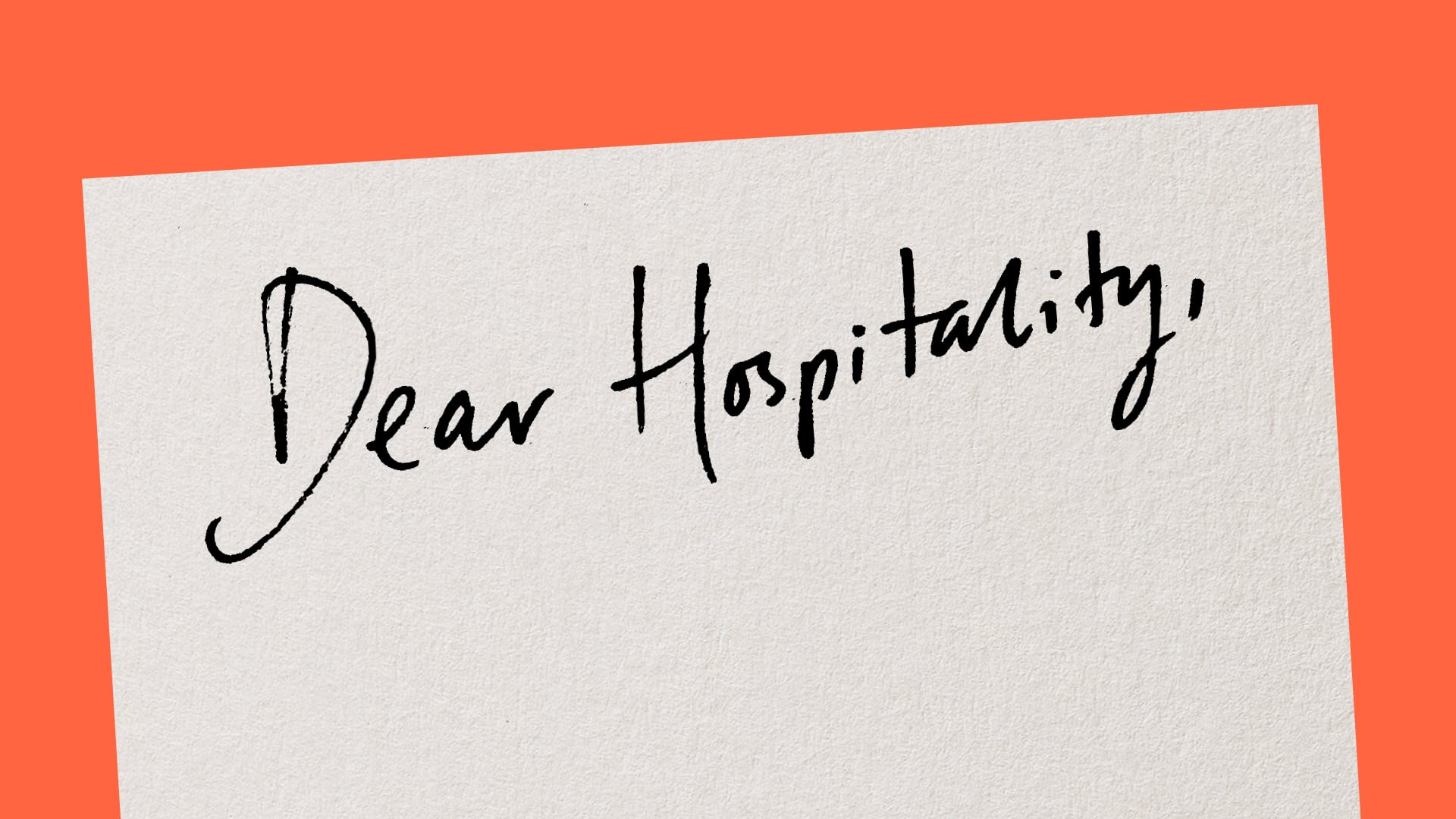Great branding doesn’t start with visuals. It doesn’t even start with the name. It starts with the brand concept: the big idea behind your hospitality business. The promise you’re making to your future guests, and how you plan to deliver on it.
At Dennis, we’ve found the strongest hospitality brands aren’t just beautifully designed. They’re well conceived. From positioning and pricing to the energy of the space and the rhythm of the menu, everything stems from a clear, confident idea of what kind of place you want to be and who it’s for.
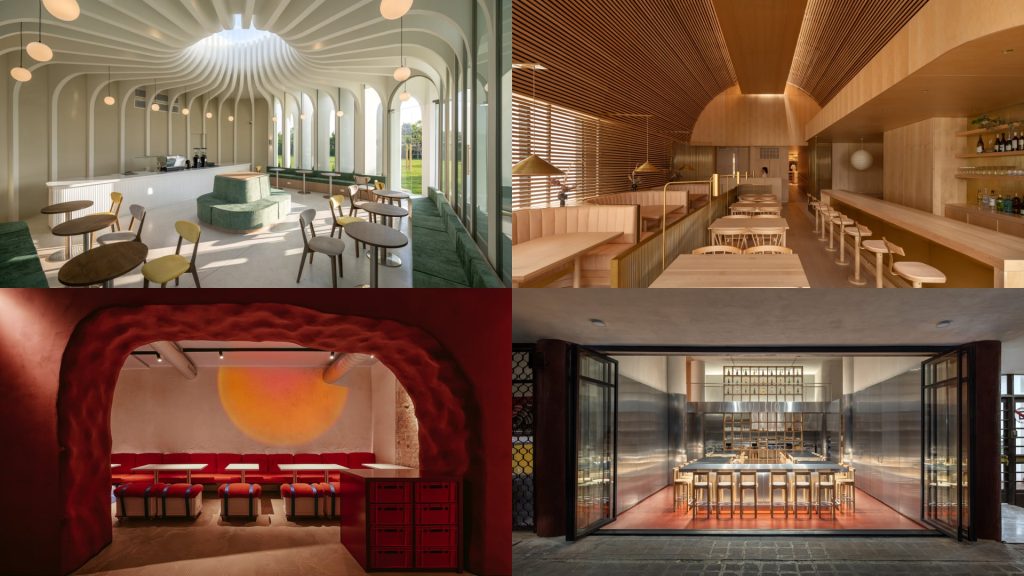
Concept first. Everything else follows.
Before everything else, think about your offer. Not just what’s on the menu, but what you want guests to feel. Is it a neighbourhood hangout with generous portions and a good playlist? Or a premium, curated experience where fewer things are done with more intent?
Whether casual or refined, local or global, low-cost or luxury, your positioning is the foundation of your brand. The concept sets the tone for everything that follows, including the menu structure, the pricing strategy and even how guests move through the space.
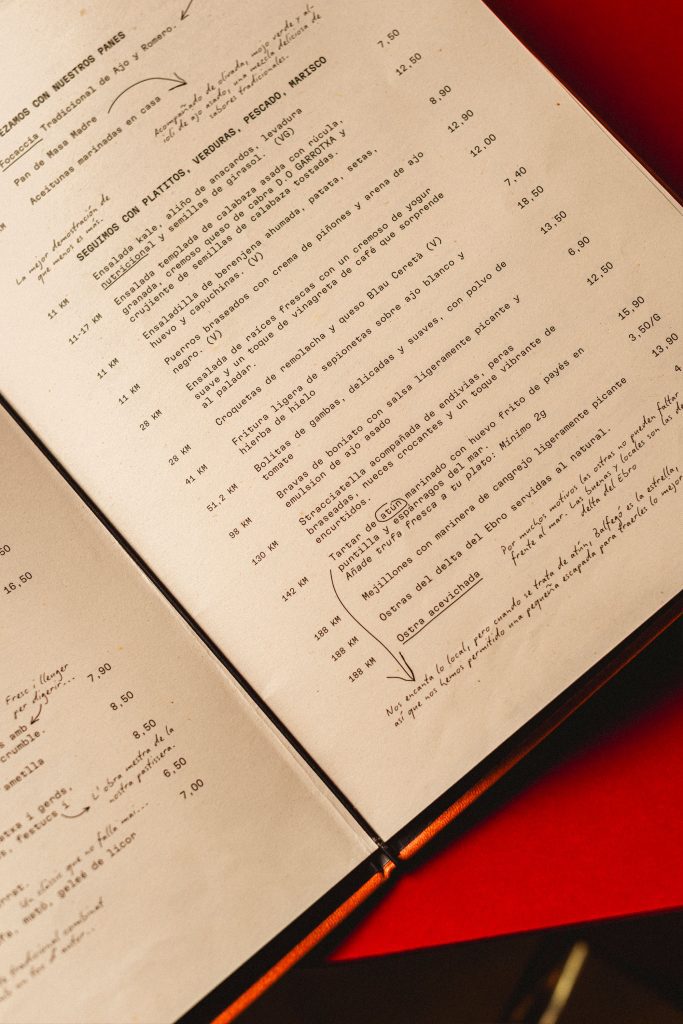
Menus are storytelling tools
Once your concept is clear, the menu becomes one of your strongest communication tools. A good menu isn’t just a list of dishes. It reinforces what you’re about. How many items you offer, what they cost, how they’re described and grouped... every detail says something about you.
It’s often the first real interaction a guest has with your brand. And when done well, it carries your voice. It should support the story, rather than trying to tell it all on its own.
We wrote a whole article about menus that sell, here.
Design should express, not define
When it comes to visual identity, we always say it should serve the concept, not lead it. The design doesn’t define your brand. It gives shape to the thinking you’ve already done.
That’s why we always develop the brand story and concept before we touch any visuals. Once we’re clear on what needs to be communicated and who we’re speaking to, the identity falls into place much more naturally.
At Bar Bauma, for example, the design was shaped by the story: a much-loved literary bar brought into a new era. The typewriter-inspired typography, deep blues and tactile materials weren’t just stylistic choices. They were chosen to honour the past while making space for a new chapter.
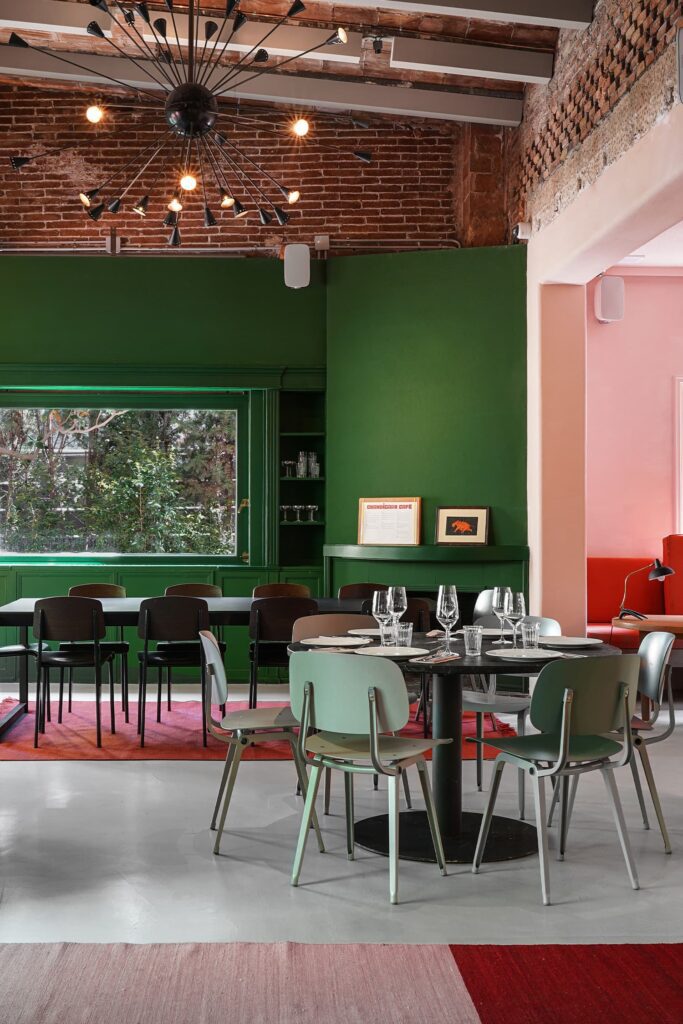
Space and brand go hand in hand
A great brand doesn’t stop at the logo or the menu. It extends into the environment. Through lighting, layout, materials and mood. When interiors and identity are developed in sync, you get something that feels whole. It becomes more than a restaurant, it becomes an experience.
That’s why Dennis now offers F&B concept creation and interior design alongside branding. Because when the thinking is joined up from the start, the results are more considered, more expressive and ultimately more successful.
Get in touch if you'd like to find out more about these new services.
